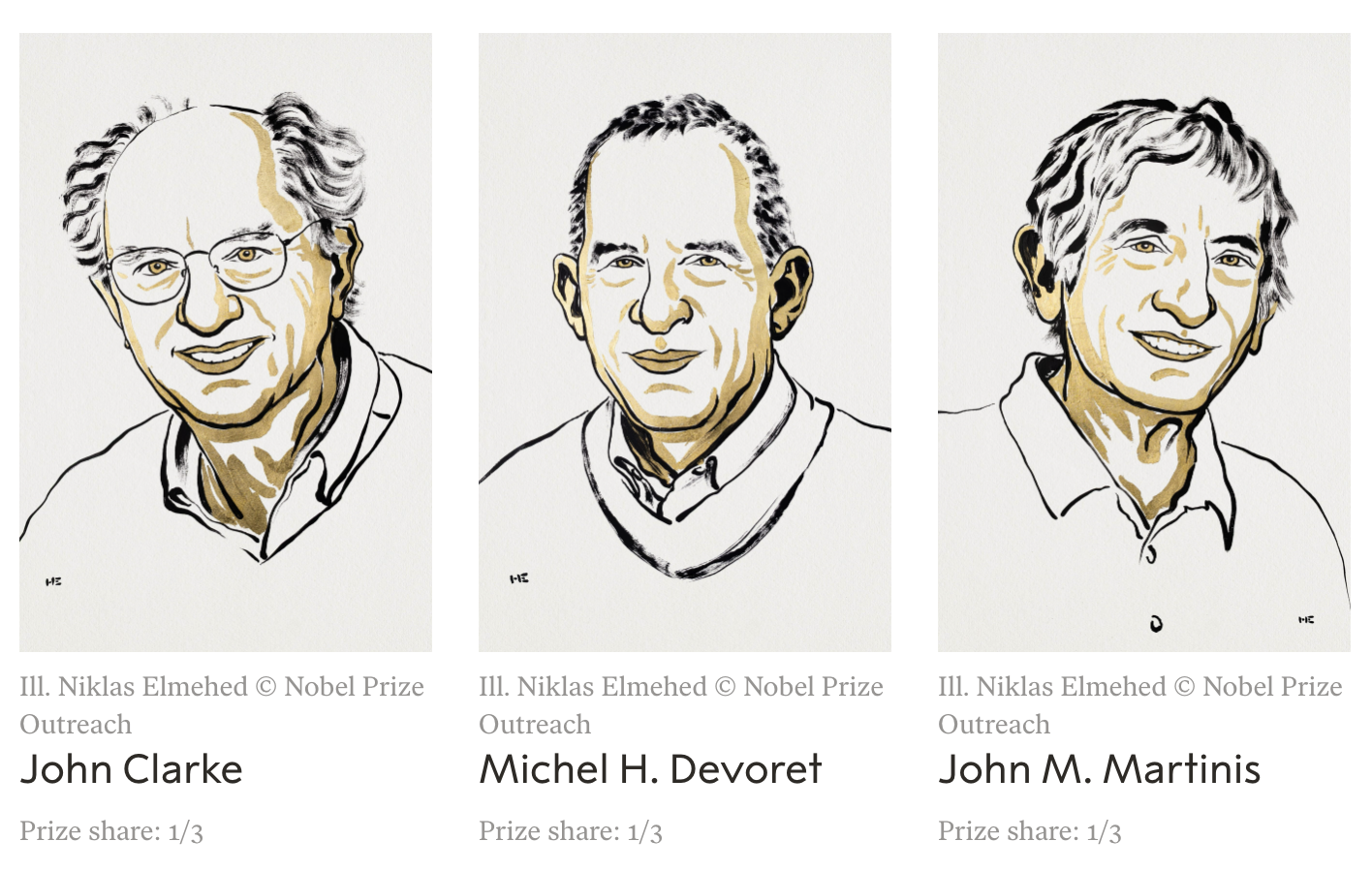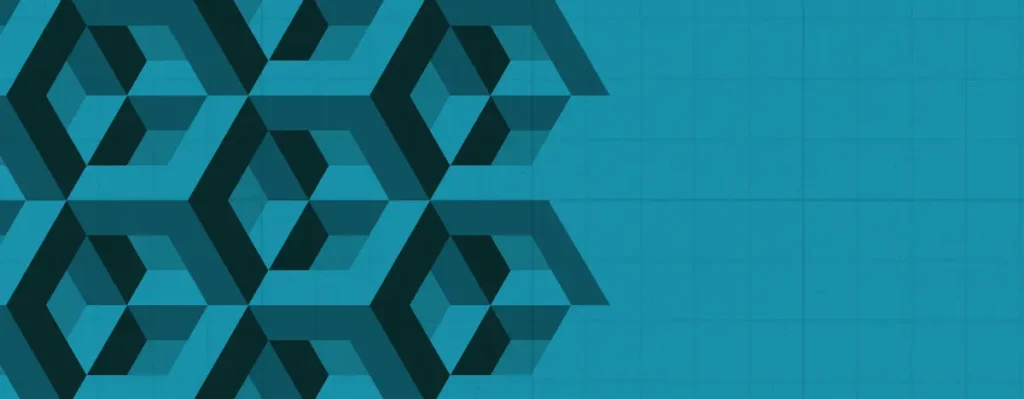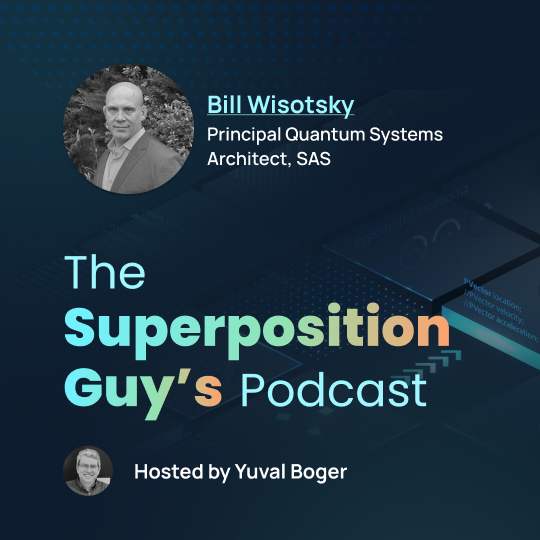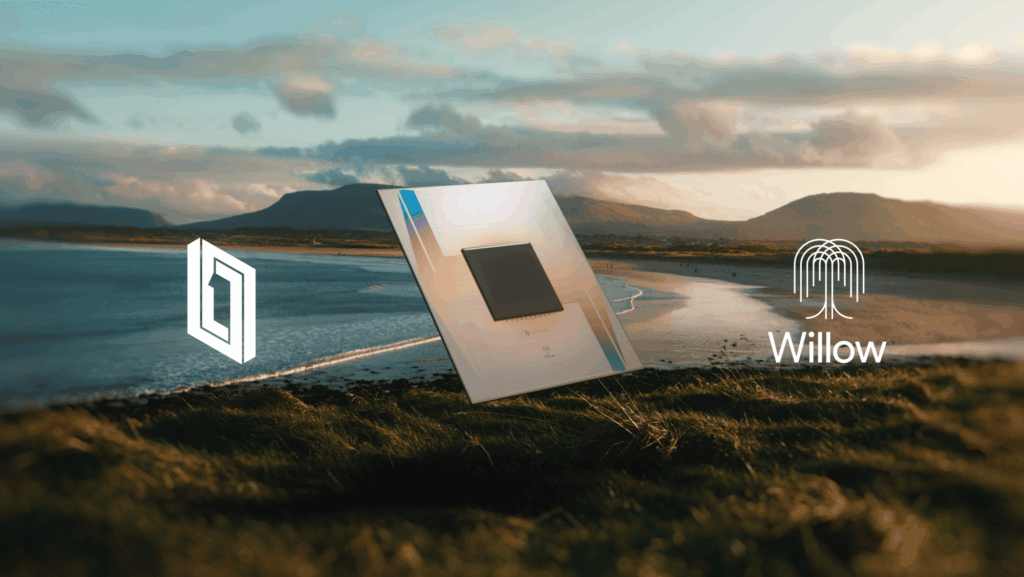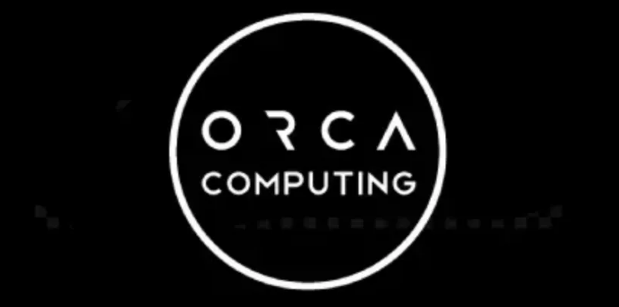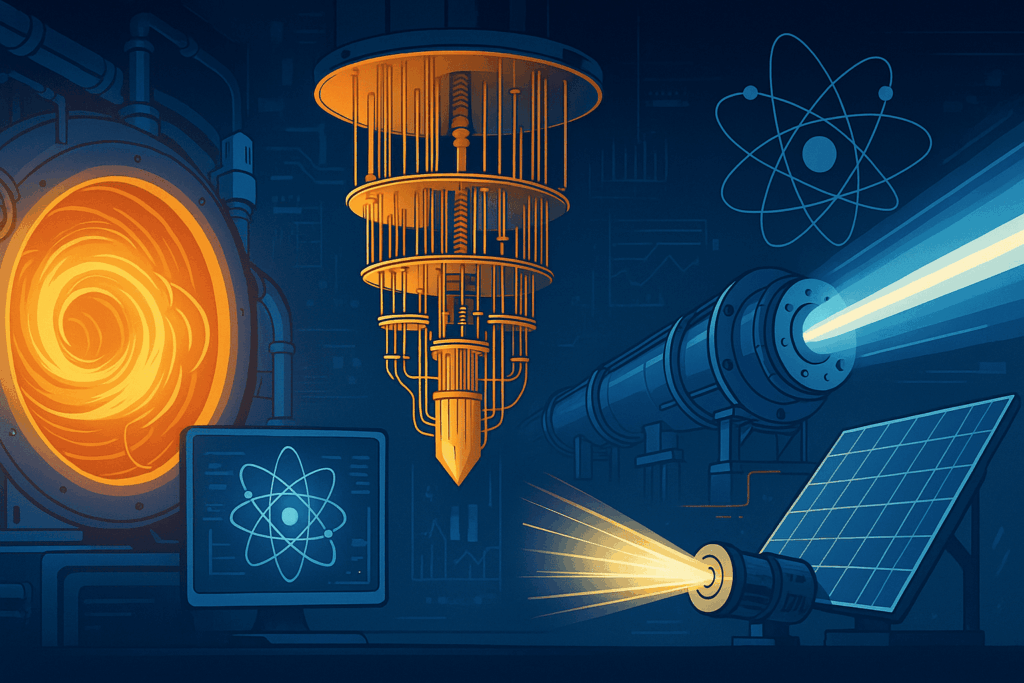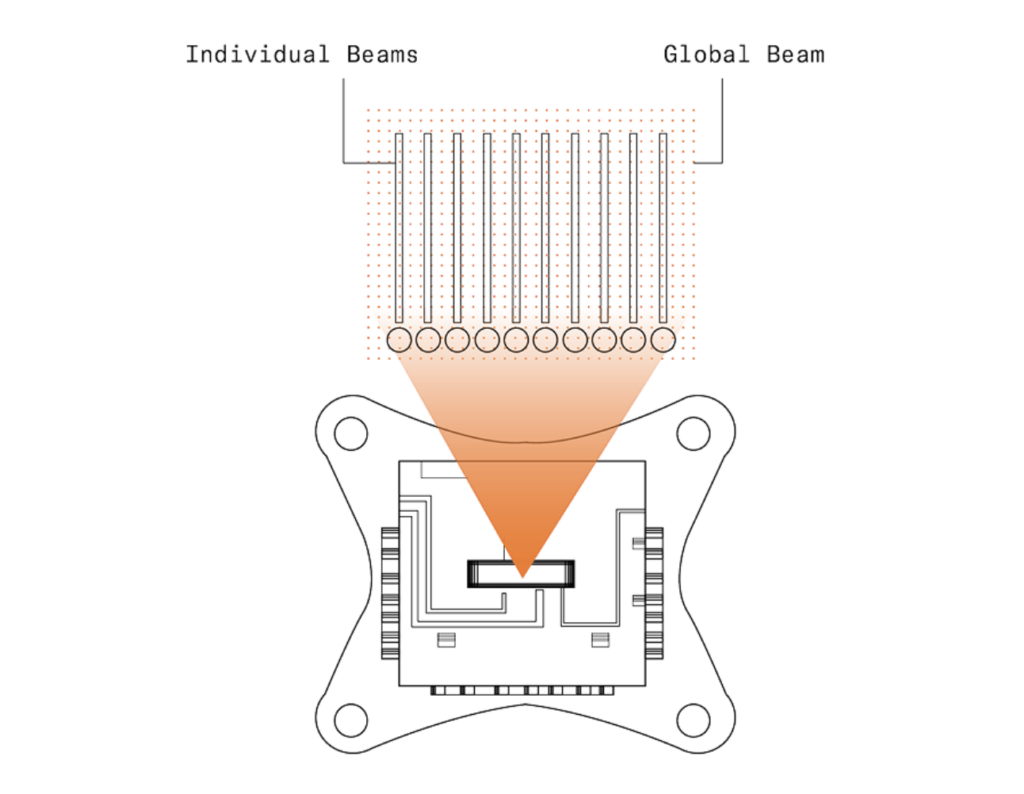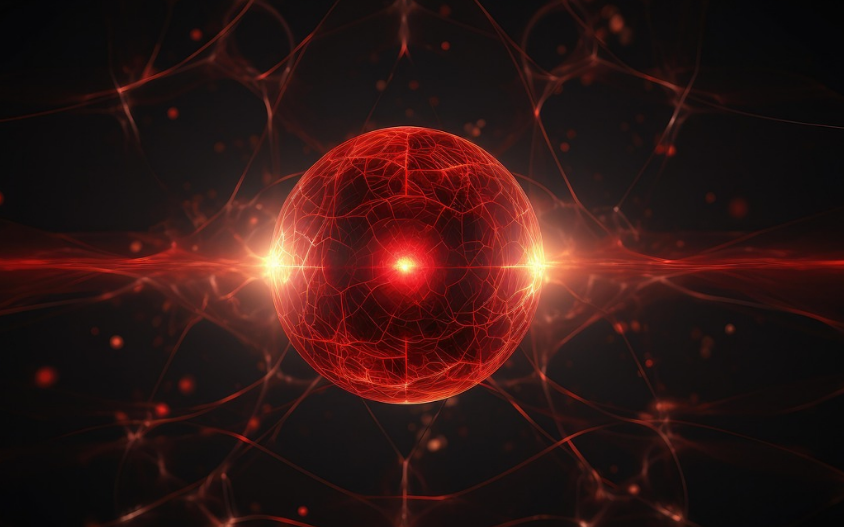Insider Brief
- The Royal Swedish Academy of Sciences awarded the 2025 Nobel Prize in Physics to John Clarke, Michel H. Devoret, and John M. Martinis for demonstrating macroscopic quantum mechanical tunnelling and energy quantisation in superconducting circuits.
- Their 1980s experiments proved that quantum effects such as tunneling and discrete energy levels can occur in large electrical systems, establishing that collective particles can behave as a single quantum entity.
- The discovery laid the foundation for modern superconducting quantum technologies, including the qubits now used in quantum computers developed by companies such as Google and IBM.
The Royal Swedish Academy of Sciences awarded the 2025 Nobel Prize in Physics to John Clarke, Michel H. Devoret and John M. Martinis for their work in the discovery of macroscopic quantum mechanical tunnelling and energy quantisation, according to a statement from the academy. Their work, carried out in the 1980s, proved that quantum phenomena such as tunneling and energy quantization can occur on macroscopic scales, reshaping how scientists think about the boundary between classical and quantum physics.
Quantum mechanics, the theory describing the smallest particles of nature, predicts that a particle can “tunnel” through barriers that would be insurmountable in the classical world. Until the laureates’ experiments, such effects had only been observed in systems involving individual particles or atoms. The trio’s work demonstrated that collective systems containing billions of electrons can behave as a single quantum entity.
“It is wonderful to be able to celebrate the way that century-old quantum mechanics continually offers new surprises. It is also enormously useful, as quantum mechanics is the foundation of all digital technology,” said Olle Eriksson, Chair of the Nobel Committee for Physics.

Proving Quantum Mechanics Beyond the Microscopic World
In a series of experiments conducted between 1984 and 1985, Clarke, Devoret and Martinis built a circuit using superconductors — materials that carry current without resistance –separated by an ultra-thin insulating layer known as a Josephson junction. When cooled and precisely measured, the circuit displayed a quantum property: it could transition between energy states not continuously but in discrete jumps, or quanta.
The team also observed the system’s ability to “tunnel” out of its stable, zero-voltage state — evidence that quantum tunneling could be observed in a macroscopic electrical system. These results not only confirmed quantum theory’s predictions but showed that macroscopic quantum states could be created and manipulated in the lab.
From Theory to Technology
The Academy’s citation recognized the laureates “for the discovery of macroscopic quantum mechanical tunnelling and energy quantisation in an electric circuit.” The experiments, while initially fundamental, have since become foundational for technologies that depend on coherent quantum behavior, most notably quantum computers and quantum sensors.
Quantum mechanics, once confined to describing the invisible world of atoms, underpins much of modern electronics and information technology. The laureates’ findings expanded that domain to engineered systems, paving the way for today’s superconducting qubits—the same principle now used by major quantum computing platforms developed at companies such as Google and IBM.
Martinis led Google’s quantum computing development team, leading to the pivotal paper on Nature declaring quantum supremacy. In 2022, he co-founded the quantum company Qolab and serves as the CTO of the company.
Devoret serves as Chief Scientist at Google Quantum AI.
Bridging the Quantum-Classical Divide
By proving that large-scale systems can behave quantum mechanically, Clarke, Devoret and Martinis helped establish the field of macroscopic quantum coherence, according to the statement. Their work addressed one of physics’ enduring questions: how large can a system be and still display quantum behavior? The experiments showed that, under the right conditions, the quantum-to-classical boundary is not absolute but can be controlled through temperature, materials, and circuit design.
The results also had philosophical implications, challenging long-held assumptions about the transition from microscopic to macroscopic worlds. This insight has since inspired decades of research into superconducting qubits, quantum annealers, and precision measurement devices capable of detecting minute magnetic and gravitational signals.
The Laureates
John Clarke, born in 1942 in Cambridge, earned his Ph.D. from the University of Cambridge in 1968 and is now a professor at the University of California, Berkeley. Michel H. Devoret, born in 1953 in Paris, received his Ph.D. from Paris-Sud University in 1982 and holds professorships at Yale University and the University of California, Santa Barbara. John M. Martinis, born in 1958, earned his Ph.D. from the University of California, Berkeley in 1987 and serves as a professor at the University of California, Santa Barbara.
The three will share an award of 11 million Swedish kronor (about $1.2 million USD).

